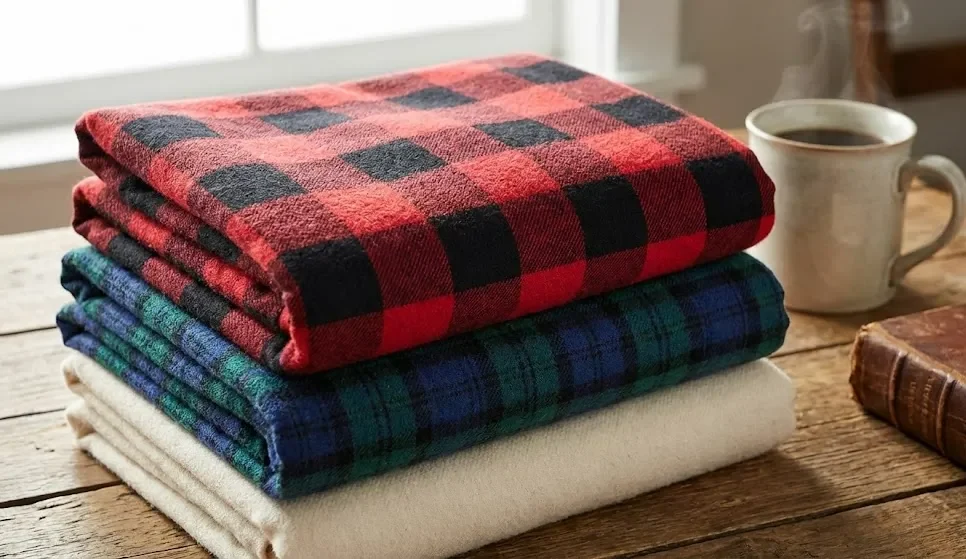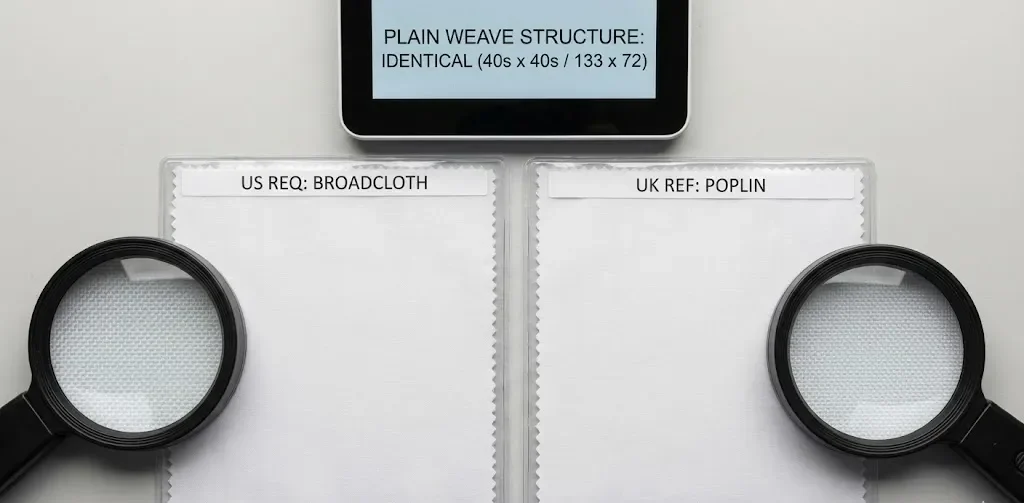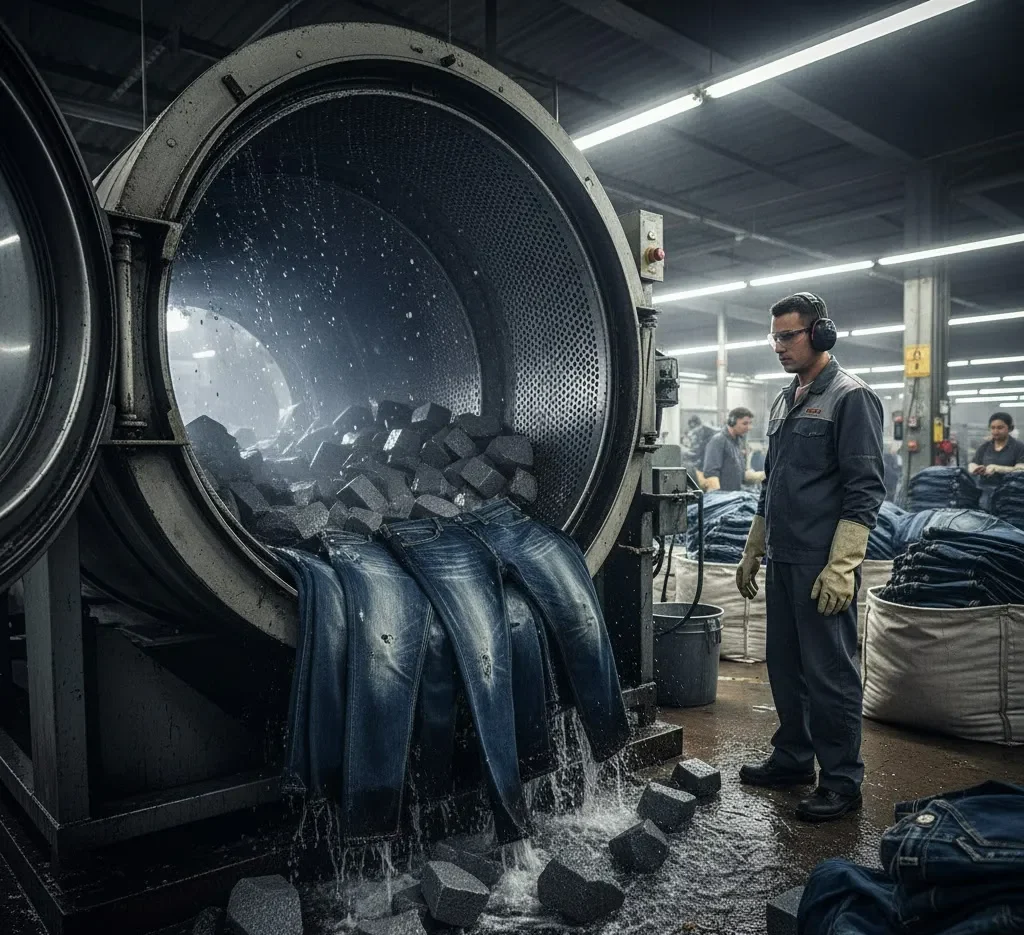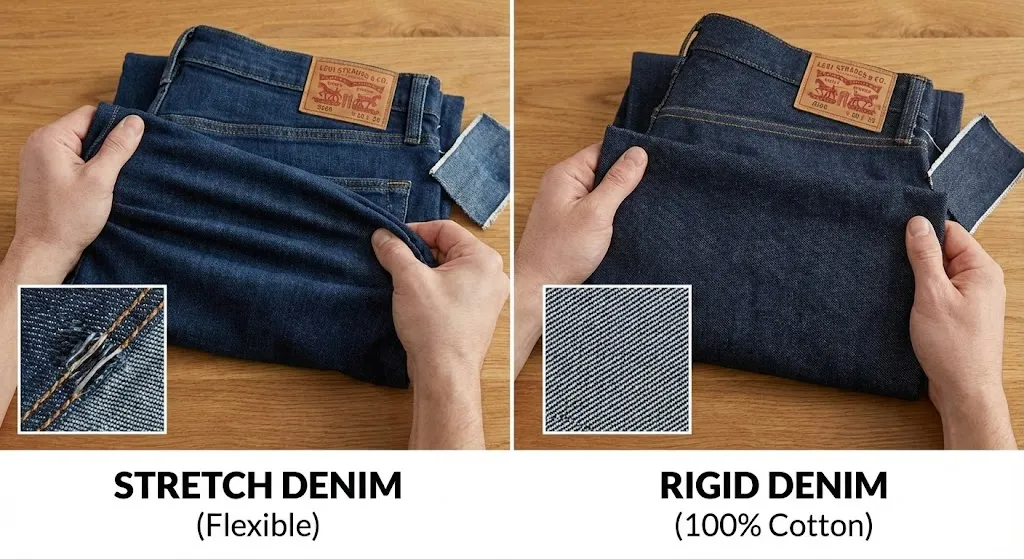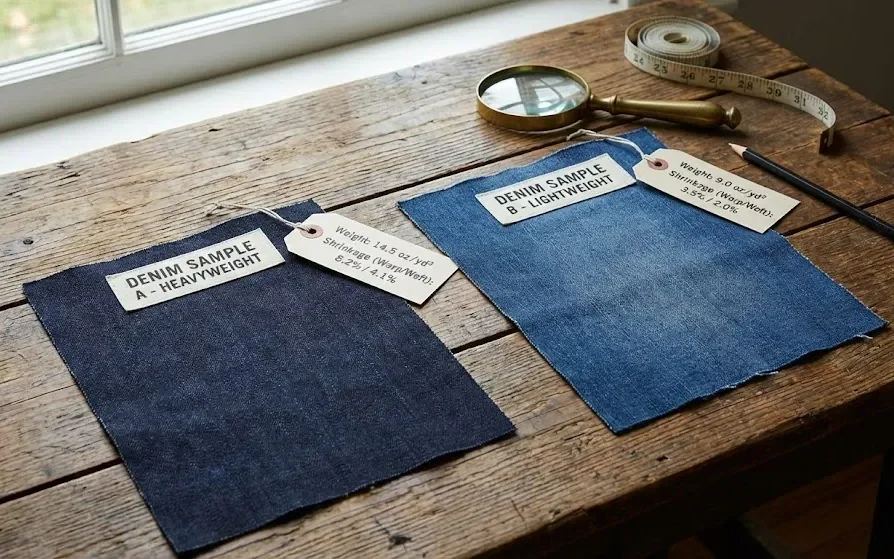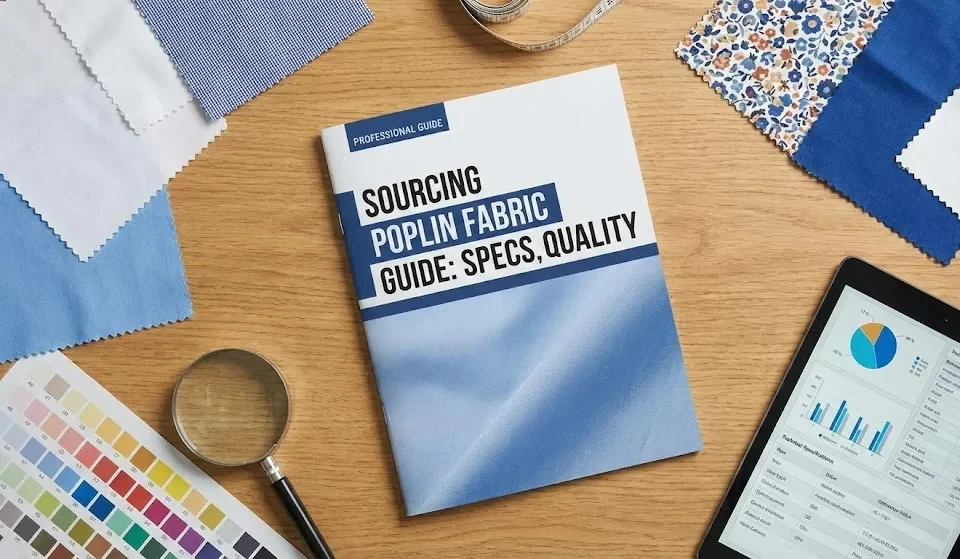Pima Cotton vs. Egyptian Cotton: The Ultimate Showdown
When exploring the world of luxury textiles, the pima cotton vs egyptian cotton debate is a constant topic. These two materials are positioned as the heavyweights of the cotton world, but the marketing hype can make it difficult to understand the real differences.
Your Definitive Resource
This guide will serve as your definitive resource, head-to-head comparison. We’ll explore everything from their basic definitions to the subtle nuances that affect your real-world experience, helping you make a truly informed decision.
The Basics: What Are Egyptian and Pima Cotton?
Before we can compare, we first need to clearly define the contenders. What exactly are they?

What is Egyptian Cotton?
Egyptian cotton refers to high-quality, extra-long-staple (ELS) cotton that is specifically grown in the unique climate of Egypt’s Nile River Valley. It is renowned for its extremely long and fine fibers, which create a yarn of unparalleled smoothness, strength, and luster. This makes the resulting fabric incredibly silky and durable, establishing it as a globally recognized raw material for luxury textiles, especially in the world of premium bedding.
What is Pima Cotton?
Pima cotton is a type of extra-long-staple (ELS) cotton that shares the same botanical species as Egyptian cotton (Gossypium barbadense). It is celebrated for its exceptional softness, strength, and vibrant color retention. While its origins trace back to the American Southwest, it is now grown in a few other select locations like Peru and Australia.
Why Are They Both Considered “Top-Tier”?
These two champions are both considered elite because they share the same superior genetic foundation.
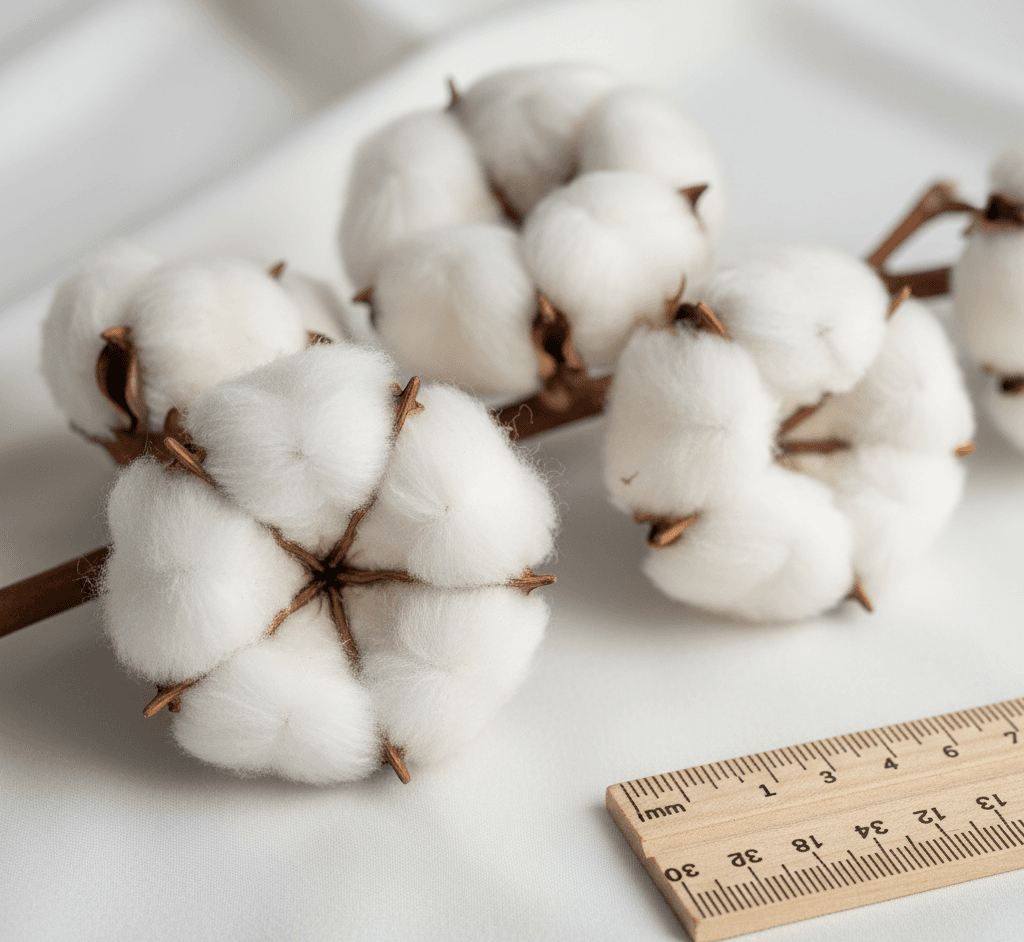
What is Extra-Long-Staple (ELS) Cotton?
This is the shared identity that places them at the top of the cotton pyramid. Extra-Long-Staple (ELS) refers to cotton fibers that exceed 35mm in length. This physical advantage directly translates to superior softness, strength, and luster in the final fabric.
- (For a broader overview of all cotton types, see our main Cotton Fabric Guide).
What is their botanical origin?
Both Pima and Egyptian cotton originate from the same legendary plant species: Gossypium barbadense. This shared ancestry is the fundamental reason they both possess such similar, high-performance characteristics.
The Head-to-Head Comparison: 7 Key Differences Analyzed
Now, let’s put these two champions in the ring for a detailed, side-by-side comparison across seven key attributes that you can actually see, feel, and experience.

1 – Fiber Properties: The Technical Nuances
Pima Cotton:
Possesses exceptionally long and strong fibers, resulting in a fabric that is incredibly soft, uniform, and resistant to pilling.
Egyptian Cotton:
The finest varieties, like Giza cotton, are renowned for having fibers that are often even longer and finer (thinner) than Pima. This fineness allows them to be spun into higher-count yarns, creating fabrics that are supremely lightweight yet strong.
2 – Feel & Texture: The Tactile Experience
Pima Cotton:
Delivers a buttery, soft, and substantial feel. It’s often described as warm and cozy, making it a favorite for premium t-shirts and next-to-skin apparel that you want to feel enveloped in.
Egyptian Cotton:
Offers an exceptionally silky, crisp, and smooth feel with a cooler touch. This creates a luxurious, drape-like quality, which is why it has become the gold standard for high-end hotel and home bedding.
3 – Luster & Sheen: The Visual Appeal
Pima Cotton:
Has a beautiful, natural luster that gives it a rich and healthy appearance. It takes dye exceptionally well, leading to deep, vibrant colors that last.
Egyptian Cotton:
Often exhibits a higher natural sheen due to its finer fibers, giving it an appearance that is closer to silk. This brilliant luster is a key visual indicator of its luxury status.
4 – Breathability & Moisture Management: The Comfort Factor
Pima Cotton:
Highly breathable and absorbent, making it extremely comfortable for all-day wear in clothing. Its softness provides comfort in a wide range of temperatures.
Egyptian Cotton:
Its finer yarns can be woven into a lighter, more porous fabric, making it exceptionally breathable. This is a primary reason it is prized for bedding, as it helps regulate body temperature for a cool, comfortable night’s sleep.
5 – Durability: The Test of Time
Pima Cotton:
Renowned for its strength and resilience. Supima® fabrics are particularly noted for their resistance to pilling, tearing, and shrinking, maintaining their form and feel wash after wash.
Egyptian Cotton:
Also very durable. The fine, strong fibers create a fabric that, when cared for properly, can last for decades, often becoming softer and more comfortable over time.
6 – Market Application: The Specialized Roles
Pima Cotton:
Has established itself as the champion of luxury apparel basics. It is the go-to choice for high-end t-shirts, polo shirts, underwear, and dress shirts where durable softness is paramount.
Egyptian Cotton:
Remains the undisputed king of the luxury bedding market. Its unique combination of silky smoothness, breathability, and luster makes it the benchmark for five-star hotel sheets and premium home linens.
7 – Price & Value: The Investment
Pima Cotton:
Specifically Supima®, offers incredible value due to its guaranteed authenticity and exceptional durability. Consumers know exactly what they are paying for—a product that will last for years.
Egyptian Cotton:
True, certified Giza Egyptian cotton is often one of the most expensive and luxurious fibers in the world. Its price reflects its rarity and the pinnacle of silky softness it provides.
What Do These Differences Mean for Your Experience?

We’ve compared the technical specs, but how do these millimeter-level differences translate to your real life?
A More Luxurious Feel = A Better Night’s Sleep?
Yes. For sensitive skin, the longer and finer the fibers, the smoother the fabric surface. This means less friction and irritation against your skin, which can contribute to a more comfortable and restful night’s sleep.
Stronger Fibers = A Better Long-Term Investment?
Absolutely. While expensive upfront, these fabrics far outlast their cheaper counterparts. They resist tearing, pilling, and fading, meaning a high-quality t-shirt or set of sheets will look and feel great for years, not months. It’s an investment in quality over quantity.
Superior Luster = A More High-End Look?
Yes. The natural, high luster of these long-staple cottons gives the fabric a subtle sheen that looks far more luxurious than the dull finish of common cotton. This visual appeal enhances the drape of clothing and the elegance of bedding.
How Should I Choose?
The decision in the Egyptian cotton vs Pima debate isn’t about which is definitively “better,” but which is better for you.
When should you choose Egyptian Cotton?
You should prioritize Egyptian cotton if your primary goal is to find the most luxurious, silky, and crisp sheets available, and you are buying from a highly reputable source that can verify its authenticity.
When should you choose Pima Cotton (specifically Supima®)?
You should prioritize Pima/Supima cotton if you are looking for guaranteed authenticity, exceptional buttery softness, and supreme durability, especially for apparel like t-shirts, shirts, and undergarments.
Buyer’s Beware: How to Avoid Fack Premium Cotton.
Having knowledge is key, but you also need a sharp eye.

How can you identify real Egyptian and Supima® cotton?
Look for Official Logos & Certifications
Authentic Supima products will have the official Supima® trademarked label. Real Egyptian cotton may have the golden seal of the Cotton Egypt Association™.
Be Wary of Low Prices
True ELS cotton is a premium raw material. If a price seems too good to be true, it almost certainly is.
Check the Label Carefully
Look for “100% Egyptian Cotton” or “100% Pima Cotton.” Vague terms like Egyptian blend or Pima-rich are red flags.
Buy from Reputable Retailers
Stick to established brands and retailers with transparent sourcing policies.
Conclusion
In the pima cotton vs egyptian cotton showdown, there is no single winner. Both are truly exceptional materials that represent the pinnacle of cotton quality. The best choice depends entirely on your priorities.
Choose Egyptian cotton for the legendary standard in a silky, luxurious experience.
Choose certified Supima Pima cotton for the modern standard in guaranteed quality, authenticity, and durable softness.
As a smart buyer, you are now equipped to choose the perfect luxury cotton for your needs.
Frequently Asked Questions (FAQ)
1, Does Egyptian cotton actually get softer with washing?
Yes, it is a hallmark of high-quality Egyptian cotton. With each wash, any residual waxes from the finishing process are removed, and the long, fine fibers begin to relax and “bloom.” This process allows the fabric to reach its maximum potential for softness, making it noticeably more comfortable after several washes.
2, Does Pima cotton fade easily?
No, Pima cotton is highly resistant to fading. Its extra-long fibers have excellent absorbency, allowing dyes to penetrate deeply and bond securely within the fiber. This results in exceptionally vibrant colors that remain brilliant and true, even after repeated washing, which is a key indicator of its superior quality.
3, Is Egyptian cotton good for sensitive skin?
Yes, genuine Egyptian cotton is exceptionally good for sensitive skin. Its extra-long and fine fibers create an incredibly smooth fabric surface with fewer exposed fiber ends. This minimizes friction and potential irritation against the skin. Furthermore, its high breathability helps keep the skin dry and comfortable.
4, Does Pima cotton wrinkle less than regular cotton?
While all 100% cotton fabrics wrinkle, Pima cotton is generally more wrinkle-resistant than regular cotton. Its long, strong, and resilient fibers are less prone to breaking and forming deep, sharp creases. The wrinkles that do form are often softer and easier to iron or steam out.
5, Is Egyptian cotton sustainable?
Sustainability in Egyptian cotton varies by producer. While traditional farming methods exist, many leading Egyptian cotton suppliers are now certified by organizations like the Better Cotton Initiative (BCI).
This ensures practices that promote water efficiency, soil health, and better conditions for farmers, making certified Egyptian cotton a more sustainable choice.


